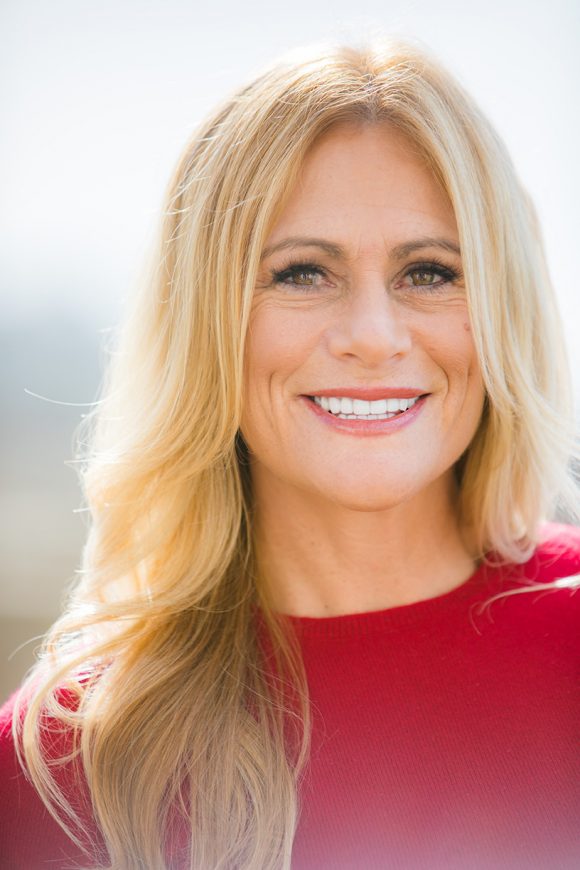Apr 17, 2018
Adventure Race Teams and Audacious Goals
This article was originally written by Robyn Benincasa for Harvard Business Review.
I’ve learned about building great teams the hard way: by competing in the world’s toughest adventure races. From the leech-infested jungles of Borneo to the towering peaks of Tibet, my teams have run, paddled, mountain biked, climbed, and whitewater-rafted for up to ten non-stop days and nights, with no shelter, no warm food, and no reprieve from the competitors nipping at our blister-covered heels. If just one racer from a four-person team quits, we’re all disqualified. By necessity, the journey to the unimaginably distant finish line becomes less about athletic skill than about great leadership and the ability to inspire tattered teammates.
So how do leaders keep a team moving toward an audacious goals with one heart and one mind? Here are a few essential rules that I’ve learned from the toughest teams on earth:
Be ruled by the hope of success rather than the fear of failure. Are you doing what it takes to “win” or what it takes to “not lose”? Fortune favors the bold. Great leaders shatter the norm, change the game, and do things that have never been done. They are courageous, not only in terms of innovation, but in terms of perseverance: taking step after step, day after day, relentlessly pursuing excellence. We won many a race not only by “slowing down less” than the other teams, but by coming up with some game-changing solutions. In the Borneo Eco-Challenge, for example, we turned a proposed hiking leg of the race into a swimming leg by jumping into the whitewater rapids and swimming for several hours downriver (just yards from the hiking trail) mostly in the dark. It was extremely risky, but also cutting-edge cunning. We never looked back, and led the race from there to the finish line.
Offer a tow line, but most importantly, take one. Leave your ego (but not your confidence!) at the starting line.You happily offer your strength to your teammates when they need it, but do you also offer your weaknesses? On our team, every racer has “tow lines,” made from thin bungee cords, hanging from the back of our packs. If we’re feeling strong, we offer it to a struggling teammate. If we’re having a low moment, we grab a tow line from someone stronger and get lightly pulled along until we recover. The goal? To “suffer equally,” as my favorite team captain eloquently puts it. You’ll get farther, faster if you do. I believe that you haven’t used all your strength as a leader until you’ve accepted help from your teammates. It’s tough to do sometimes. But people will be thrilled to have a chance to help you and, by allowing them to, you’ll create a stronger bond between you.
Always act like a team; it’s far more important than feeling like one. You’re not always going to feel warm and mushy about your team. You’re human! But on adventure race teams, no matter how we feel, we’re never allowed a day off from being the leader or teammate that people need us to be. So we fake it until the good feelings come back. During the World Championships in Ecuador, my team had a major disagreement about our navigation. In fact, we didn’t speak for hours. But as we approached the media crews on our exit from that hiking leg, our team captain said something that changed the game for us: “If you want to become the world champions, you need to act like world champions.” And I’m telling you we could have won an Academy Award for that performance: congratulating each other on a job well done, getting food for each other, high fives and hugs all around. It was all for the cameras, of course, but guess what happened? By the time we’d gotten our new gear and moved on, we were all genuinely happy together again. The argument never resurfaced. We were too busy winning.
This post is part of the HBR Insight Center on The Secrets of Great Teams.
Speaker
 Robyn Benincasa
Robyn Benincasa